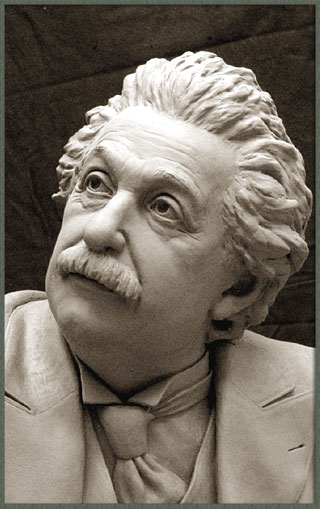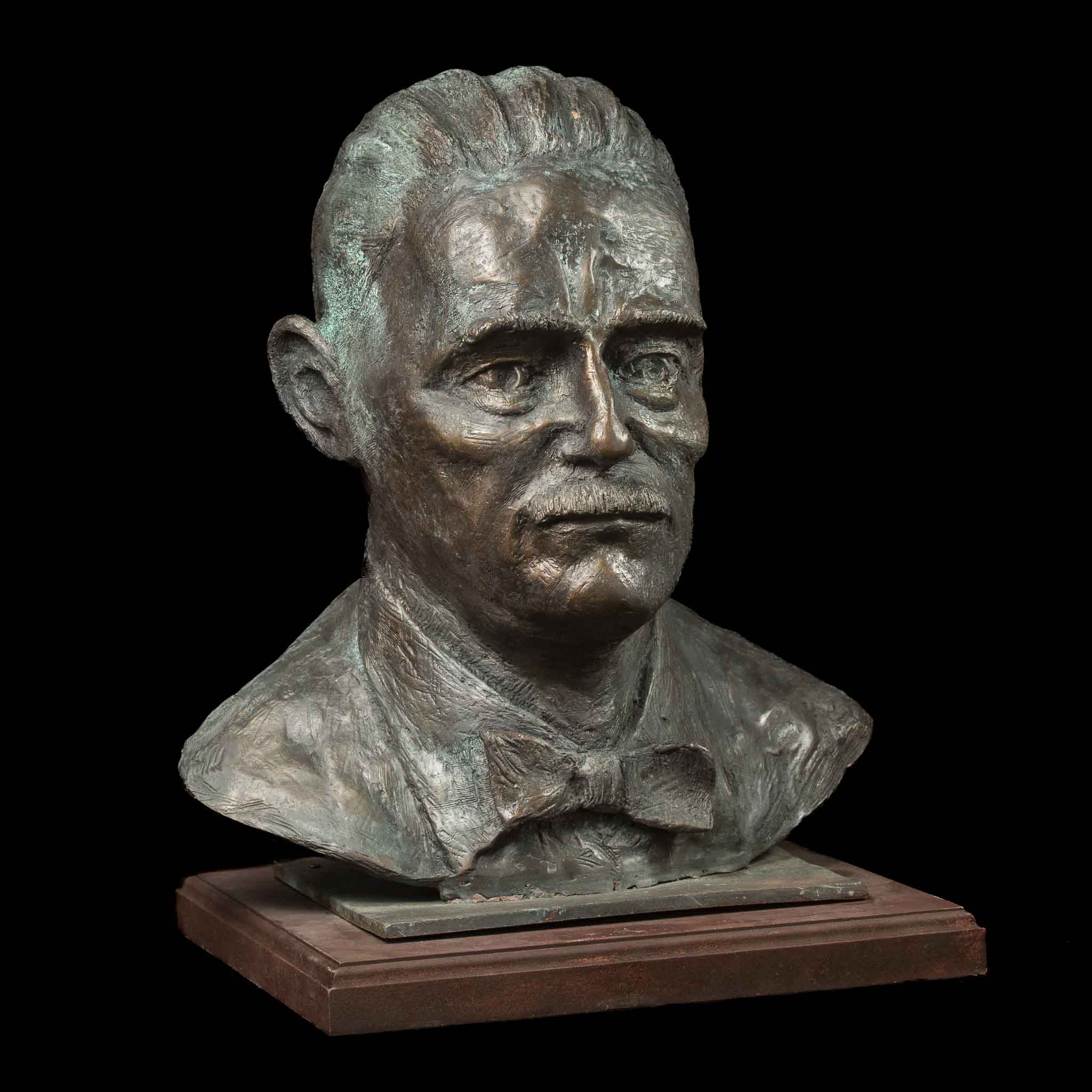In the Spirit of the Horse: Admire the Beauty of Equine Sculptures
Wiki Article
Shaping the Human Type: Representations of the Body in Sculpture
Sculpting the Human Form: Portrayals of the Body in Sculpture is a detailed exploration of the creative depiction of the human body throughout history. This exhibit digs into the different methods, styles, and social perspectives that have formed the means musicians have actually represented the human kind in sculpture. From the splendid marble sculptures of ancient Greece to the elaborate masterpieces of the Renaissance, from the flamboyant and elaborate Baroque and Rococo sculptures to the avant-garde and abstract expressions of contemporary and modern sculpture, this event supplies an exciting trip with the evolution of this timeless art kind - Bronze Sculptures. By examining the diverse analyses and representations of the human body, site visitors will certainly gain a deeper understanding of the imaginative, social, and societal influences that have actually formed our perception of the human type.Ancient Greek Sculptures

Among the specifying characteristics of Ancient Greek sculptures is their focus on proportion. Each component of the body is meticulously crafted to be in percentage to the entire, creating a feeling of equilibrium and harmony. The carvers paid careful interest to every information, from the placement of muscle mass to the positioning of arm or legs, making sure that each number showed up both elegant and effective.
The Greeks likewise valued the idea of idealized appeal. Instead than illustrating the blemishes and problems of the human kind, they looked for to develop an idyllic variation of truth. The sculptures usually represented goddesses, athletes, and gods, with their bodies formed to excellence. Bronze Sculptures. This idyllic portrayal of the human type not just well known physical beauty however additionally served as a way of motivating and boosting the audience.
Renaissance Masterpieces
Proceeding the exploration of the portrayal of the human form in sculpture, Renaissance masterpieces further fine-tune the idyllic principle of elegance, structure upon the harmonious and symmetrical percentages of their Old Greek predecessors. During the Renaissance period, which spanned from the 14th to the 17th century in Europe, artists sought to revive the classical suitables of old Greece and Rome. They researched and copied the jobs of the old masters, making every effort for a practical depiction of the body.
Among one of the most prominent Renaissance artists was Michelangelo Buonarroti. His work of art, the sculpture of David, exhibits the excellence and grace that ended up being associated with Renaissance art. Standing at over 17 feet high, the sculpture portrays the biblical hero in a state of tranquility prior to his fight with Goliath. David's muscular physique, captured with remarkable detail, reveals the artist's proficiency of human makeup.
One more noteworthy Renaissance sculptor was Donatello. His sculpture of Saint George, developed in the early 15th century, showcases the artist's capacity to communicate strength and the aristocracy with the human form. The statue shows the fabulous dragon-slaying saint in a positioned and positive position, showing a sense of heroism.
Renaissance masterpieces not just celebrated the physical elegance of the body however likewise shared deeper meanings and feelings. With their thorough interest to information and competent craftsmanship, Renaissance sculptors boosted the art of sculpture to new heights, leaving a long-term legacy that continues to motivate artists to now.
Rococo and baroque Sculpture
Baroque and Rococo sculpture exhibits the ornate and luxurious portrayal of the human kind during the 17th and 18th centuries. Defined by its vibrant and dramatic design, Baroque sculpture intended to captivate customers through its splendour and psychological intensity. Musicians such as Gian Lorenzo Bernini and Alessandro Algardi created sculptures that communicated activity, typically showing figures in remarkable postures. Using light and shadow even more improved the feeling of drama, creating a theatrical result.
Rococo sculpture, on the other hand, became a reaction to the grandiosity of the Baroque period. It embraced a much more delicate and spirited technique, concentrating on detailed layouts and ornamental details. François Boucher and Jean-Baptiste Pigalle projected Rococo artists that crafted jobs defined by their sophistication and appeal. They commonly portrayed figures in stylish and sensual poses, reflecting the laid-back and wayward nature of the Rococo design.
Both Baroque and Rococo sculpture positioned a great focus on the human type, commemorating its beauty and sharing a series of emotions - Contemporary Sculptures. Whether it was the dynamic and powerful figures of the Baroque or the graceful and charming figures of the Rococo, these sculptures recorded the significance of the human experience, leaving a long lasting impact on the art globe
Modern and Contemporary Sculpture
The advancement of sculpting the human type proceeds in contemporary and modern sculpture. Modern sculpture emerged in the late 19th century as a response to the transforming social and political landscape.In the 20th century, the increase of abstraction and theoretical art brought brand-new opportunities for sculptors. Musicians like Henry Moore and Barbara Hepworth explored the relationship between type and area, creating natural and abstracted figures that challenged conventional ideas of depiction. Moore's monumental bronze sculptures and Hepworth's carved stone works are celebrated for their cutting-edge use products and their capacity to stimulate a feeling of the body in a non-literal means.
Contemporary sculpture proceeds to push the boundaries of representation and check out brand-new products and methods. Musicians like Antony Gormley and Ron Mueck develop hyper-realistic sculptures that test our assumption of the body, while others, such as Louise Bourgeois and Kiki Smith, make use of the body as a metaphor for collective and personal experiences. The human form remains a powerful subject in sculpture, providing a system for musicians to discover identification, feeling, and the human problem.
Cultural Point Of Views on the Human Body

In the exploration of sculpting the human kind, the exam of social perspectives on the body discloses a abundant and diverse tapestry of interpretations and depictions. Throughout background, various cultures have actually held special beliefs and worths pertaining to the human body, resulting in distinctive creative expressions - Robert C Hitchcock Sculptor. These social viewpoints form the way the body is illustrated and regarded in sculpture, showing social norms, spiritual beliefs, and visual perfects
For instance, old Greek sculptures commemorated the idyllic human kind, emphasizing physical appeal and athleticism. In comparison, old Egyptian sculptures focused on the preservation of the body in the immortality, showing numbers with rigid postures and idealized functions.
In a similar way, social viewpoints on the human body in African art typically emphasize public identity and spiritual ideas (Equine Sculptures). Sculptures from different African cultures portray the human body with exaggerated functions, representing genealogical links and cultural worths. Native societies in the Americas also have unique perspectives on the body, frequently depicting it in a spiritual context and stressing the connection in between people and nature
The assessment of cultural perspectives on the human body in sculpture permits us to get insight right into the worths, beliefs, and looks of different societies throughout history. It highlights the diversity of human experiences and the methods in which art shows and shapes our understanding of the human form.

Verdict
To conclude, the portrayal of the human body in sculpture has progressed over time, mirroring various creative activities and cultural point of views. From the idyllic figures of Old Greek sculptures to the reasonable and emotive Renaissance masterpieces, and the elaborate information of Baroque and Rococo sculptures, to the abstract and experimental types of contemporary and modern sculpture. The body has been a subject of attraction and imaginative exploration throughout history, showcasing the diverse analyses and expressions of the human kind.Forming the Human Type: Representations of the Body in Sculpture is an extensive exploration of the artistic depiction of the human body throughout background. From the beautiful marble sculptures of ancient Greece to the complex masterpieces of the Renaissance, from the flamboyant and elaborate Baroque and Rococo sculptures to the avant-garde and abstract expressions of modern-day and modern sculpture, this event offers a captivating trip via the evolution of this timeless art kind. Musicians like Antony Gormley more information and Ron Mueck produce hyper-realistic sculptures that test our perception of the human body, while others, such as Louise Bourgeois and Kiki Smith, utilize the body as a metaphor for cumulative and personal experiences. The human form continues to be an effective topic in sculpture, giving a system for artists to check out identity, emotion, and the human condition.
From the idyllic numbers of Old Greek sculptures to the emotive and realistic Renaissance work of arts, and the intricate details of Baroque and Rococo sculptures, to the abstract and experimental forms of modern-day and contemporary sculpture.
Report this wiki page